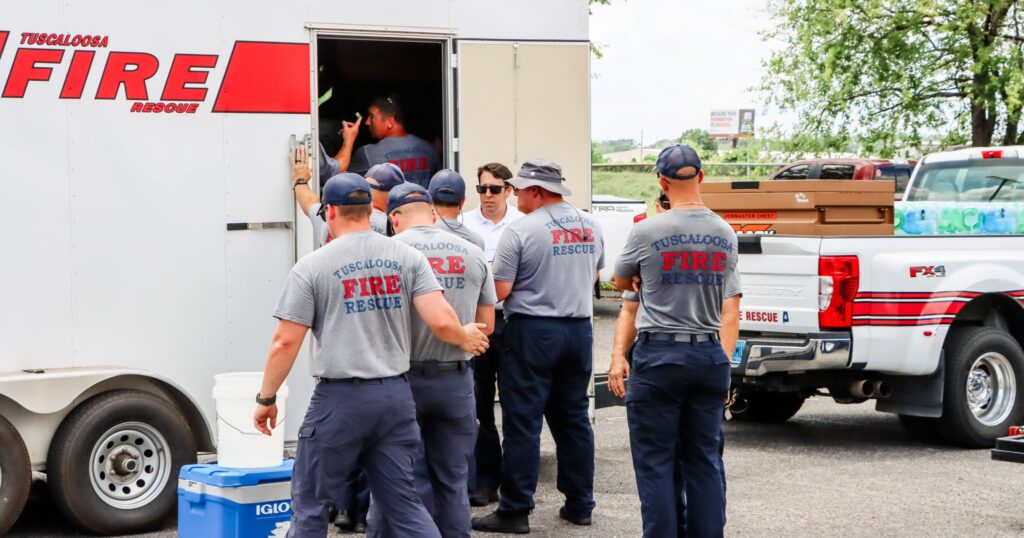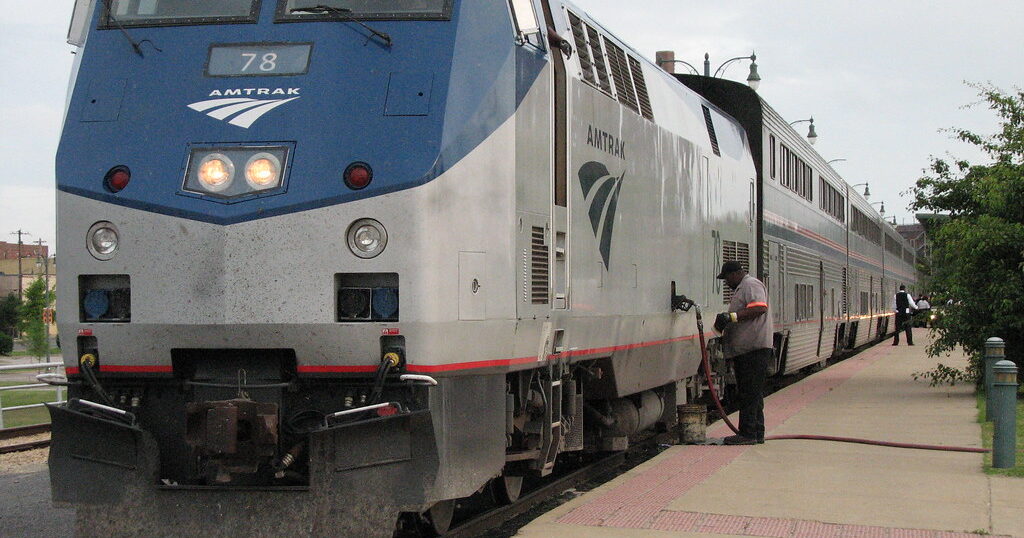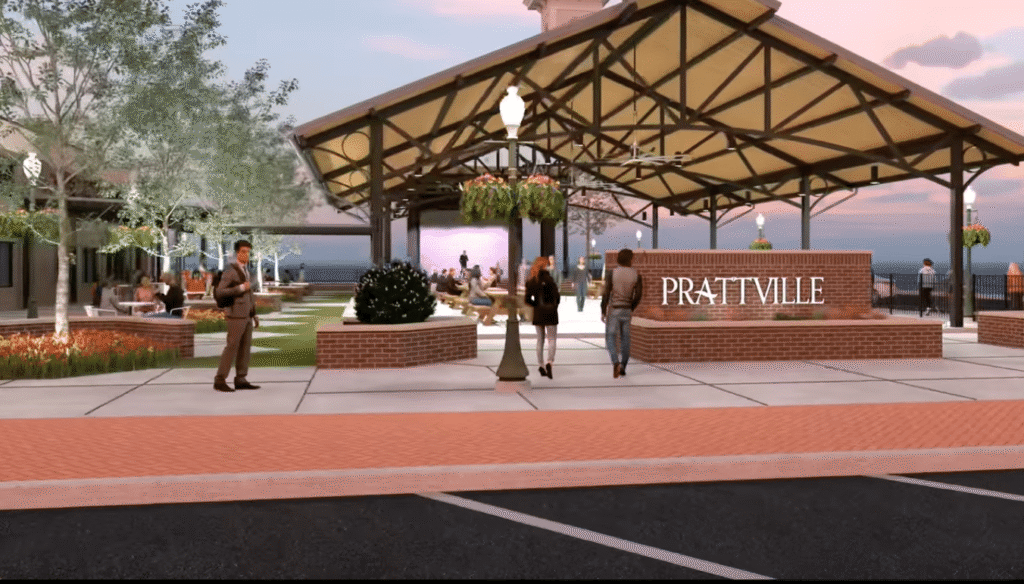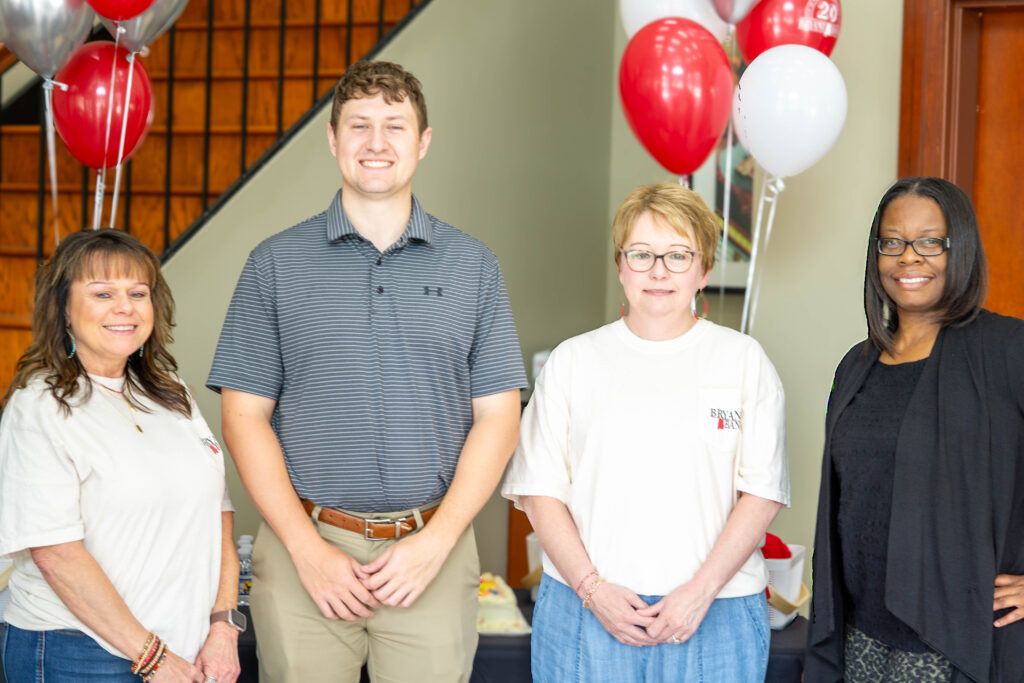Texas saved $3 billion by making key changes to their prison system—what can Alabama prisons learn?
Reading time: 7 minutes

Alabama’s prison system is at a critical juncture. While the Governor has signed into law a three-bill package that will build two new 4,000-bed prisons and close some others, prison reform advocates state that Alabama could save big money and reduce crime. Eager to learn more, we did some digging. Here’s what we found out.
The Alabama prison system is at a crossroads
The Department of Justice sued the Alabama Department of Corrections (ADOC) in 2019 and in 2020, for violence and corruption in our state’s prisons.
In early October 2021, according to Mike Cason of AL.com, Governor Ivey signed a three-bill package that will build two new 4,000-bed prisons and close some others.
The price tag for the entire plan is $1.3 billion, with the money coming from three main sources:
- $400M in federal funds from the American Rescue Plan (COVID relief funds)
- $785M bond issue
- $154M general fund
Proponents argue that the new prisons will alleviate horrific conditions for both prisoners and employees. The key to eliminating a host of problems—including overcrowding (prisons average 135% capacity across the state), aging buildings, violence and poor supervision—is newer and bigger prisons, according to this perspective.
Opponents prefer to see strategic investments that could lead to a new start for a significant portion of the state’s incarcerated population, as well as potentially huge cost savings to the state.
How Texas saved $3B and saw its crime rate fall by 40%
Prison reform advocates point to Texas as an example: the Texas Department of Criminal Justice (TDCJ) saw a 40% reduction in crime between 2007-2019 and saved $3B by investing heavily in non-prison interventions that addressed the root causes of incarceration.
During this time, they closed 10 prisons and invested heavily in diversion and treatment programs to tackle root causes. These include:
Outside prison walls:
- 800 new residential substance abuse treatment beds
- More than 300 new halfway house beds for re-entry
- Capacity for an additional 3000 outpatient addiction treatment slots
- Additional parole officer capacity
Within prisons:
- 2700 new addiction treatment beds
What are the key takeaways?
According to Carla Crowder of Alabama Appleseed, “the reforms in Texas and other states, including Michigan, Oklahoma and South Carolina have repeatedly shown that bigger prisons and reliance on incarceration over community services and re-entry supports does not increase public safety. In fact, the opposite is true.”
Prison reform advocates argue that an ounce of prevention is worth a pound of cure in the Alabama prison system

According to Carla Crowder, Executive Director of Alabama Appleseed Center for Law and Justice, in a recent presentation to Rotary Club of Birmingham, even though ADOC’s jurisdictional population (all inmates serving time) has decreased by 25% since 2010, its share of general fund appropriations has almost doubled.

1. Fund drug court + diversion
What we learned: Drug offenses account for more felony convictions and new prison admissions than any other offense.
Crowder explained that people with drug convictions serve shorter sentences, so while many of them are sent to prison, they do not stay as long. As a result, 15% of the prison population is nonviolent drug offenders.
Fact: in 2019, more people were admitted to ADOC prisons for marijuana (192) than murder (172).
Unfortunately, between 2010-2019, according to ADOC, there was a 70% decline in incarcerated people receiving drug treatment.
Mike Cason reported that the “plan includes a 4,000-bed specialty care prison in Elmore County that would have space for medical and mental health services and education and addiction treatment programs.”
What could help: Designated funding and staffing increases to provide enhanced education, mental health and addiction treatment services at the Elmore facility.
According to Crowder, “though the bill passed by the Legislature states that the Elmore facility is or enhanced education, mental health, and addiction treatment services, there was no money set aside for these services. The bill included funding for buildings only. Without designated funding increases and staffing increases, there is no viable path for adding these services.”
2. Fund re-entry housing + services

What we learned: According to Alabama Appleseed, 6500 people on average are released from Alabama’s prison system with $10 and a bus ticket back to the county where their offense occurred.
What could help:
- Halfway houses
- Transitional living facilities
- Reentry services
- Mental health care
Each of these could help lay the foundation for a fresh start for people who have been released from prison.
Alabama Department of Corrections provides a list of re-entry resources on their website.
There remains a need for state-funded housing assistance for the thousands of people who leave ADOC each year, according to Crowder.
3. Second Chance Sentencing

What we learned: Alabama has a three-strikes law called the Habitual Felony Offender Act (HFOA).
- This means that 500 people are sentenced to die in Alabama’s prisons each year for non-homicide crimes.
- Alabama has the 4th highest number of life sentenced prisoners in the US.
- Long sentences mean prisons house about 6,100 people over the age where offenses typically take place.
What could help:
Allowing older incarcerated people to be released under newer sentencing laws would reduce our state’s prison population significantly while saving tens of millions annually.
Cason reported that when Ivey signed the bill for the new prisons into law, she also signed a sentencing reform measure aimed at helping “inmates adjust to life outside prison and reduce the chances they will return to prison.”
Crowder explained that the measure “merely provides slightly early release dates for people who would be released soon anyway. It does not provide re-entry services or housing. The bill also fails to address the crisis with older, incarcerated people serving outdated sentences under old sentencing laws. More meaningful reform would make retroactive the sentencing standards previously passed by Legislature so that older incarcerated people have access to the same data-driven sentences as younger people sentenced today.”
Get involved

Whatever you believe is the solution, everyone agrees that there are issues with Alabama’s prisons. If you want to make difference, here are some places you can start:
1. Alabama Appleseed Center for Law and Justice: Alabama Appleseed works at the intersection of the legal system and systemic poverty. They confront a system that harms poor people and keeps people poor through an endless cycle of punishment.
Website | Instagram | Facebook
2. The American Conservative Union Foundation Nolan Center for Justice: The Nolan Center for Justice was established by the American Conservative Union Foundation to provide leadership for the growing conservative consensus that our criminal justice system is badly broken, and that there are proven, conservative reforms that will keep the public safe while restraining costs.
3. Anthony Ray Hinton’s story: If you’re not familiar with the story of Anthony Ray Hinton, an Alabama man who spent almost 30 years on death row for a crime he didn’t commit, you need to be. Read this story to learn more about him and other ways you can make a difference to prisoners.
4. Back Forty Beer Company + I See Me “Bridge to Hope” Beer Collab: Back in December 2020, Back Forty Beer Company and I See Mee, Inc. a Birmingham-based nonprofit that aims to stop the school-to-prison-pipeline, collaborated on a “Bridge to Hope” beer.
I See Me | Back Forty Beer Company
5. Equal Justice Initiative: EJI is committed to ending mass incarceration and excessive punishment in the US, challenging racial and economic injustice and protecting basic human rights for the most vulnerable people in American society.
Website | Instagram | Facebook
Now tell us, Alabama: what do you think needs to be done about prisons, prisoners and prison reform in our state? Tag us on social @thebamabuzz and let us know.



![State unveils $2.9M in renovations to EMA operations center [PHOTOS] State unveils $2.9M in renovations to EMA operations center [PHOTOS]](https://thebamabuzz.com/wp-content/uploads/2025/07/54644122611_4695835da2_o-scaled-e1752161900436-1024x538.jpg)



